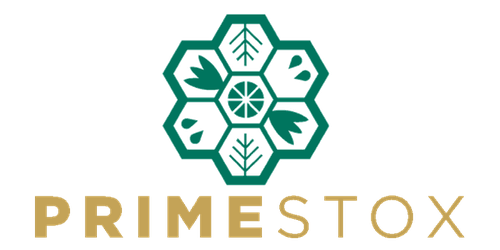Does your email marketing need DMARC?
You may have heard of SPF and DKIM when it comes to email validation – Sender Policy Framework and DomainKeys Identified Mail in case you didn’t - but did you know there’s a third option?
DMARC, or Domain-based Message Authentication Reporting and Conformance, builds on SPF and DKIM to detect and protect your domain from email spoofing (i.e. people pretending to be you). However, it also has a positive impact on email deliverability, and increases your chances of your marketing and sales emails ending up in your intended audience’s inbox.
“Tell me more about DMARC”
In a world of ever-increasing phishing attacks, DMARC is intended to protect your domain against such attacks. The harsh reality is, if your domain is not protected by DMARC, anyone can send an email pretending to be you. If you are a long-standing PayPal user, you may recall emails pretending to be from PayPal saying your account has been compromised and instructing you to take action. They looked like PayPal and they were from PayPal’s domain, but they were not from PayPal. DMARC has put an end to such phishing emails by actively blocking unauthorised emails attempting to use your domain.
“But why do I still get fake emails?”
Check the domain of the sender, because it’s unlikely it will be from their primary domain (assuming they are setup with DMARC!), it will be a different domain that the cyber-criminal is hoping you don’t check.
Here’s a great video by OnDMARC that shows you how DMARC works:
“OK great, but how does it help with my email marketing deliverability?”

Case Study: PrimeStox
How we helped PrimeStox treble registrations while reducing spend in just two months.
In a nutshell, DMARC tells your recipient’s email server that your email is genuine and authentic, which in turn increases the likelihood of your marketing emails landing in a recipient’s inbox. If more of your emails are landing in the recipient’s inbox, the more engagement your emails will receive. This is important because email engagement in its own right is a vital part of email deliverability.
A protected domain will also increase confidence among your customers and prospects. If your email recipients know that your domain is protected by DMARC, that increases their confidence in emails that you send and thus they will be more likely to engage with your emails.

Case Study: The Replace Base
An online retailer of mobile device repairs and replacement parts
Remember, nothing will dent the confidence of your database more than a spoof email pretending to be from you!
FYI, if it wasn’t obvious by now, The Marketing Eye is protected by DMARC.
Case Study: Peer to Peer Business Lender
How we developed a unique targeting approach and improved lead volumes from direct marketing by more than 80%.
Think of DMARC as a bouncer who checks to make sure you have the correct ID. You either get in the club, or you don’t. If someone tries to use your domain to send an email pretending to be you, but they don’t have the correct ID (DMARC), they are not getting through to the recipient’s inbox!
“Fantastic, how do I get started?”
DMARC can be difficult and complex to setup, but platforms like OnDMARC now make it an easy and cost-effective process. The user dashboard is also great for seeing who is trying to use your domain and you can take action to block these at a click of the button.
If you would like to protect your domain with DMARC, contact us today and we can work with you and OnDMARC to ensure your email marketing is as effective as possible.
Find out if your domain is secure here.
Related Reading

Blog: 2 Marketing Automations You Should Set Up Today
by Darren Coleshill, 3 minute read

Blog: Don’t Ignore Mobile Users: Why Mobile-Friendly Design Is Crucial for Your Business
by Darren Coleshill, 4 minute read